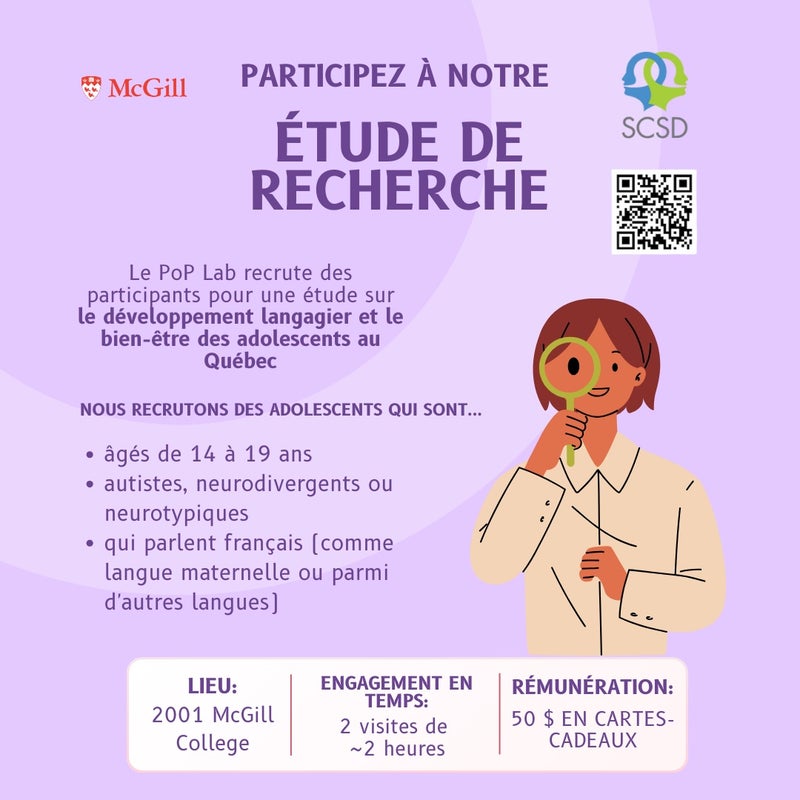Live captioning web tool available free for those with hearing loss
A free online tool has been developed that enables people to generate live captions, as well as to share them. The shared captions can be accessed on any device with a web browser. Created by teachers Chris Webb and James Petersen, the tool is especially useful for students with hearing loss - an estimated one in eight under the age of 18.
Called Zip Captions, it was launched in July 2023 and is accessible for anyone who uses the Google Chrome or Safari web browsers.
Webb, a teacher at Lester B. Pearson School Board’s John Rennie High School, was inspired by a student who had hearing loss and was outspoken about what was lacking for people in her situation. He sought advice from Tracey Green, an Itinerant Education Specialist at the Montreal Oral School for the Deaf, who was born with hearing loss and uses hearing aids.
Green commended the creators for consulting potential users instead of “dreaming up something in a sterile environment.”
The website can benefit many people, including those with attention-deficit hyperactivity disorder or who are struggling to understand French or English. But for those with hearing loss, it empowers them, said Green. “This fosters autonomy and independence, so you don’t have to ask for help all the time.”
For example, John Rennie has a 460-seat auditorium where assemblies, theatre, and award presentations take place. While equipped with microphones and a Wi-Fi based assistive listening system enabling people to stream sound to their phones, it wasn’t ideal. In this situation, there is a time lag between when the speaker says the words and when the sound reaches the listener, explained Webb. And, audience members with hearing loss were often too far away to lip read.
As part of an innovation accelerator program run by Dell, Webb and Petersen developed the website that allows people to type in a code on their devices and read along with what is being said up on stage or in front of the classroom.
The live streaming is available in several languages, including Spanish, Portuguese, Italian and Polish, with 200 users recently registered. “It’s about trying to achieve a universal design so everyone can benefit,” said Webb. “It’s interesting to see people find different uses for it.” It could be used at conferences and is already being used in some places of worship.









